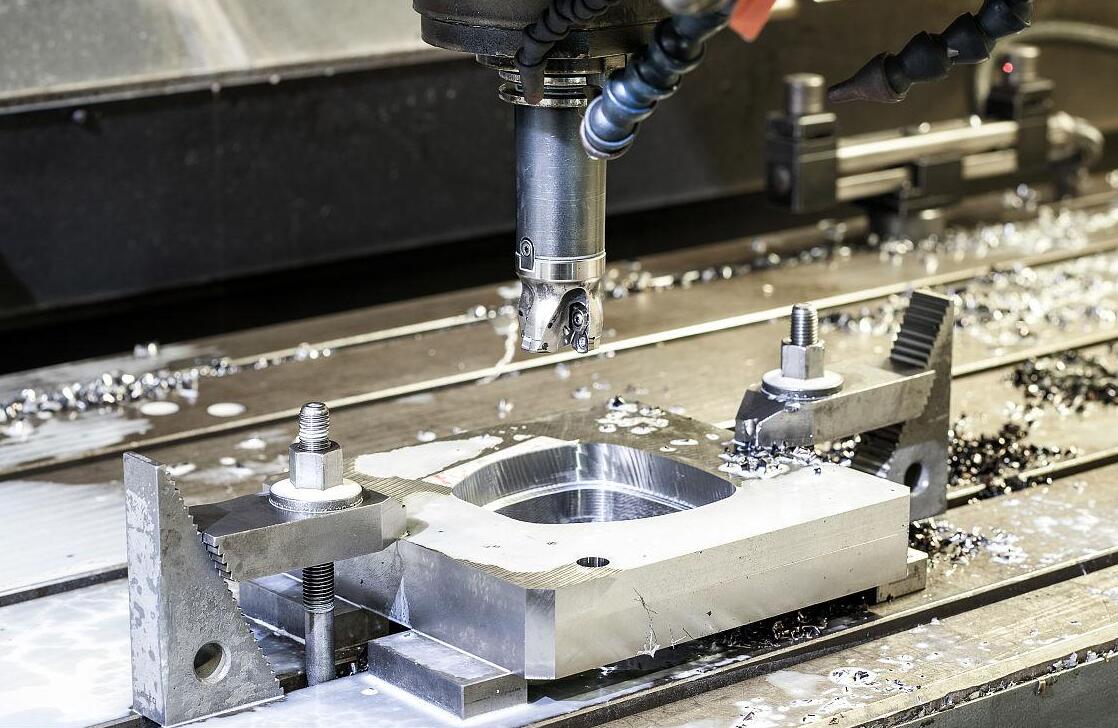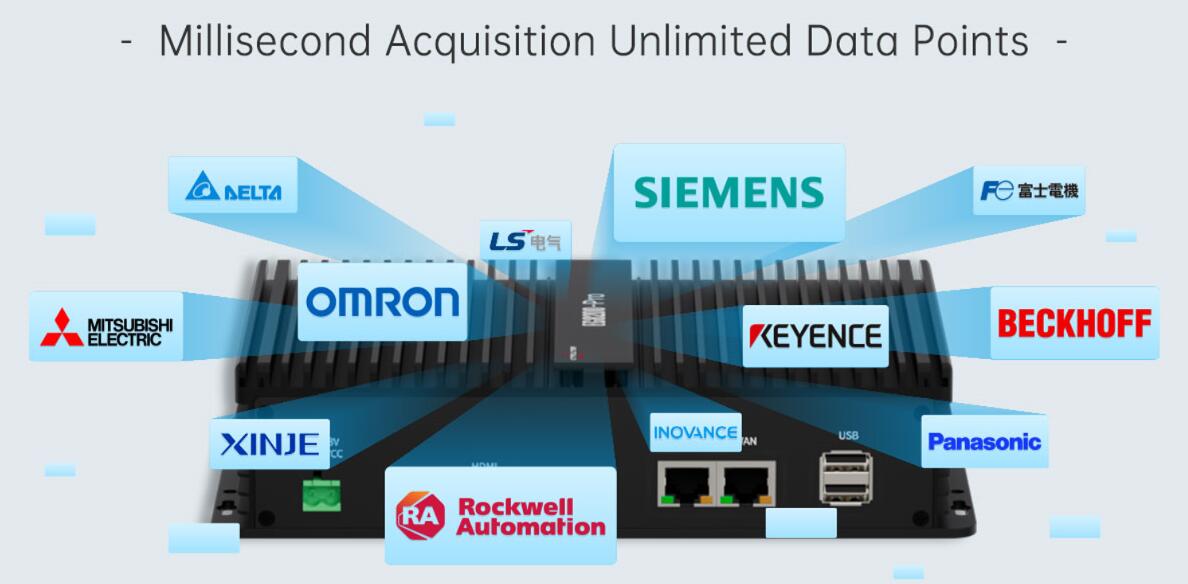Data acquisition is a key link in the field of industrial automation, and PLC as the core component of the industrial control system, its data acquisition is crucial.PLC data acquisition is a key step in the realisation of industrial automation control, which can obtain real-time data on the operating status of the equipment and the production process, and provide an important basis for the optimisation of control, fault diagnosis and production management. Accurate and efficient acquisition of PLC data is important for equipment monitoring, production process optimisation and decision support.
The implementation of PLC data acquisition programme needs to follow the following steps:
1. Demand Analysis: First, you need to define the purpose, scope and accuracy requirements of data acquisition. This involves determining what data needs to be collected, the source of the data, the mode of data transmission, and data security and privacy protection considerations.
2. Hardware Selection And Configuration: According to the requirements, select the appropriate PLC (Programmable Logic Controller) and data acquisition hardware devices. Ensure that the selected hardware supports the required communication protocols and has sufficient interfaces to connect sensors and other devices. At the same time, you need to carry out the necessary hardware configuration, including IP address settings, communication port configuration and so on.
3. Software Programming: Use a suitable programming language (e.g. C++, Python, etc.) to write a data acquisition programme. The program needs to establish communication with PLC and be able to parse the data format of PLC so as to acquire the required data. In addition, the programme needs to implement functions such as data processing, storage and transmission.
4. Testing And Debugging: After completing the hardware configuration and software programming, the data acquisition system needs to be tested and debugged in the test environment. Ensure that the system can correctly collect, process and transmit data, and solve any problems that may arise.
5. Deployment And Maintenance: Deploy the data acquisition system into the actual production environment and conduct regular maintenance and inspection. This includes updating the software, checking hardware connections, dealing with faults, and so on. At the same time, there is a need to ensure that data security and privacy protection measures are effectively implemented.
In addition to the basic steps mentioned above, other technologies can be selected to fulfil more advanced functions according to actual needs. For example, communication protocols such as OPC UA and Modbus can be used to increase the scalability and interoperability of the system; cloud computing and big data technologies can be used to process and analyse massive amounts of data; and machine learning and artificial intelligence technologies can be used to improve the accuracy of data analysis and prediction.
Implementing a PLC data collection solution requires solution design, hardware selection, software programming, testing and debugging, as well as deployment and maintenance according to specific needs. At the same time, attention needs to be paid to requirements such as data security and privacy protection to ensure the reliability and security of the data collection system.
Precautions and Recommendations
Always Test Before Data Collection: Before proceeding with formal data collection, conduct tests to ensure that the communication connection is stable and reliable. This helps to minimise errors and anomalies during data acquisition.
Regular Inspection And Maintenance: Perform necessary inspections and maintenance on the data acquisition system on a regular basis to keep it functioning properly and extend its service life. It is also important to perform regular software updates and hardware maintenance on the PLC.
Data Backup And Security: In order to prevent data loss or damage, the collected data should be backed up regularly. In addition, ensure data security by taking necessary encryption and security measures to protect the confidentiality and integrity of the data.
Follow Industrial Safety Norms: When performing data acquisition, follow relevant industrial safety norms and standards. Ensure that data acquisition systems, cables and connectors comply with safety requirements to reduce potential security risks.
Continuous Learning And Technology Updates: As industrial automation technology continues to evolve, continuous learning and keeping abreast of new technology developments is critical to improving data acquisition capabilities. Continuously upgrade your personal skills and knowledge by attending training, seminars and technical exchange events.
Case Study
Take a manufacturing enterprise as an example, the enterprise needs to collect data from multiple PLC devices on the production line. After demand analysis and technology selection, it decided to use Ethernet communication for data acquisition, selected PLCs and data acquisition modules that support Ethernet communication, wrote corresponding data acquisition programs, and carried out sufficient testing and debugging. Finally, the system was successfully deployed into the production environment, achieving stable data acquisition and monitoring.
PLC data acquisition is one of the important applications in the field of industrial automation. Selecting the appropriate data acquisition method and implementation plan according to the actual needs can provide enterprises with accurate and real-time production data, and provide powerful support for the optimisation of the production process and management decision-making. With the continuous development of technology, the functions and performance of PLC data acquisition system will be further improved and perfected.